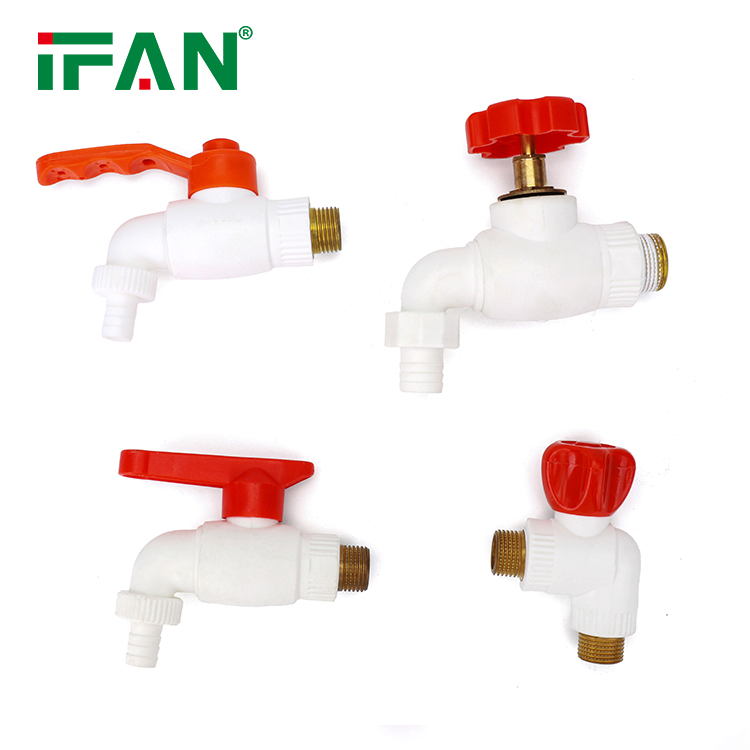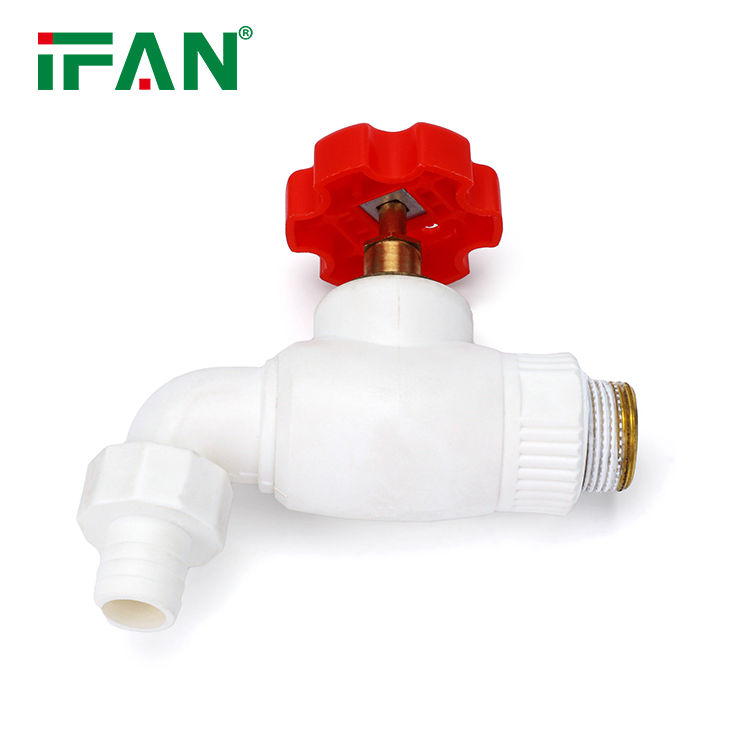Transform Your Plumbing System – Upgrade to Plastic Bibcocks Now!
Plumbing systems are critical components of any structure, whether it is a home or a commercial building. It is therefore essential to ensure that your plumbing system is working efficiently and effectively. One area of your plumbing system that requires attention is the bibcock. A bibcock is a valve that controls the flow of water in your plumbing system. Traditionally, bibcocks were made from metal, but now it is time to upgrade to plastic bibcocks.
Why should you upgrade to plastic bibcocks?
Firstly, plastic bibcocks are more reliable than their metal counterparts. Metal bibcocks have a tendency to corrode over time, resulting in leaks and other problems. Plastic bibcocks, on the other hand, are more resistant to corrosion. This means that they will last longer than metal bibcocks and require less maintenance.

Secondly, plastic bibcocks are a more hygienic option. Metal bibcocks can accumulate dirt and bacteria over time, which can lead to contamination of your water supply. Plastic bibcocks are easier to clean and maintain, making them a more hygienic choice.
Thirdly, plastic bibcocks are easier to install. They are lighter than metal bibcocks, which means that they are easier to handle. This makes them ideal for DIY installations, eliminating the need for professional plumbers and reducing costs.
Fourthly, plastic bibcocks are more environmentally friendly. They are made from recyclable materials, reducing your carbon footprint and contributing to a greener environment.
In conclusion, upgrading to plastic bibcocks is an excellent investment for your plumbing system. They are reliable, hygienic, easy to install, and environmentally friendly. Don’t wait until your metal bibcocks start to corrode and cause problems. Make the switch to plastic bibcocks now and enjoy a plumbing system that works efficiently and effectively for years to come!






